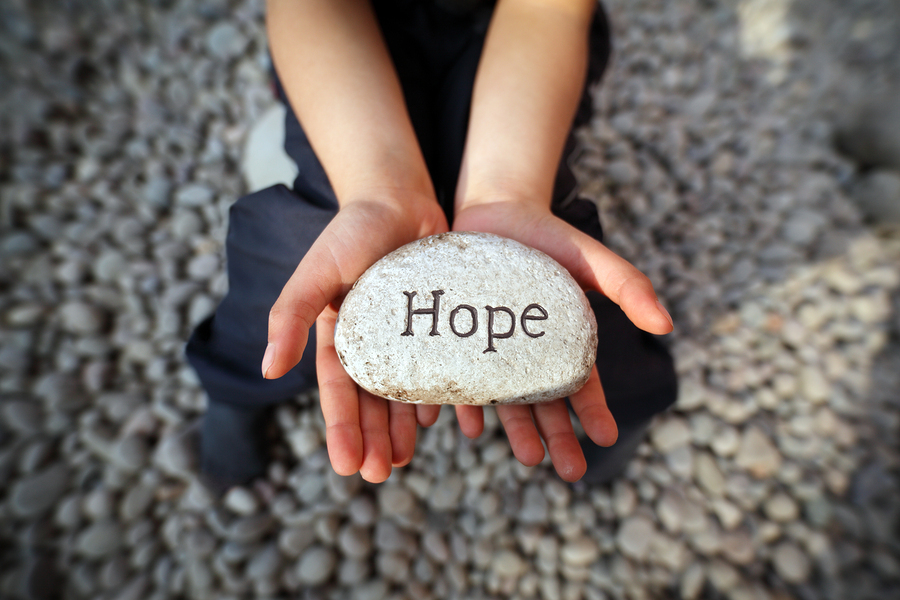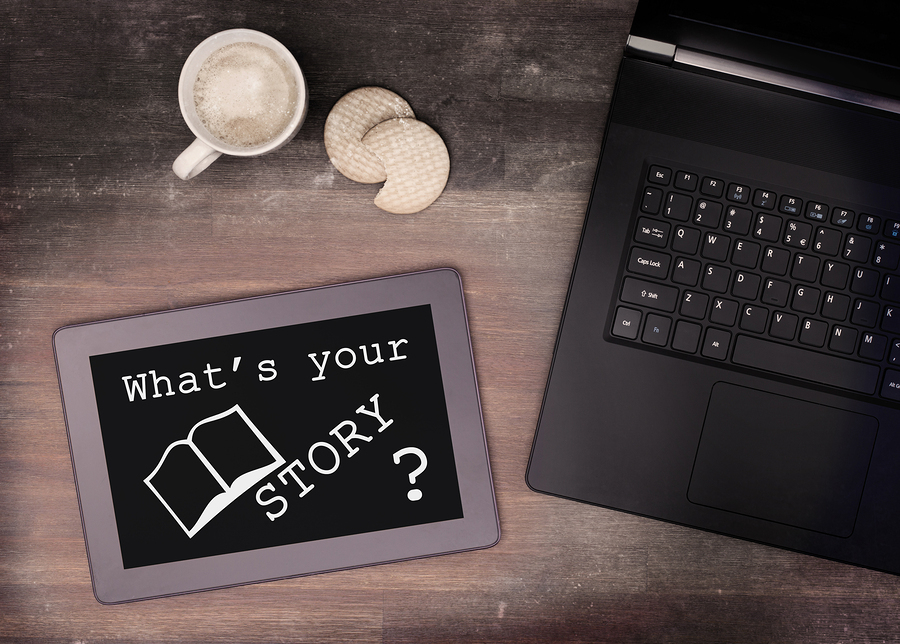Everyone loves a good story of struggle and triumph. It can shine a light on lessons learned, give readers living examples of perseverance, and can provide hope for someone going through similar circumstances. There is tremendous comfort in knowing we are not the only ones to experience difficulty or challenge, so when you share your own story, you may actually be helping someone with your insight and wisdom.
Maybe you think writing your story is self-indulgent or silly. But it is not. Simply put, our stories can inspire, teach, encourage, and in some cases, provide solutions. Recent research in neuroscience reveals that our brain is actually hardwired to respond to a story – people crave stories to feed that need we all have for a “connection” to someone who understands our personal plight.

Telling your story can actually be a beacon of hope for your readers.
Why Share Your Personal Story?
Well, it might not always be easy to admit that our path to success has been a rollercoaster or that we have experienced tremendous loss. But there are several benefits to sharing your story for both you and your readers.
- You can help others: Sometimes, knowing you are not alone in a struggle is all someone needs to get through a tough time. It is basic phycology; there is safety in numbers.
- You will expand your courage: Opening yourself up to moments of vulnerability and sharing your story with others take courage and is surprisingly gratifying.
- It reminds you of the lesson learned and your strengths: There is no better way to embrace lessons learned than to speak about and share the process of learning them. It helps to preserve the valuable insight you gained living through your struggles and keeps it fresh in your mind.
- It keeps you grateful: Once you make it through a difficult time, feeling grateful for the present moment and for surviving the challenge can be a humbling practice that keeps everything in perspective.
Where do You Begin?
If you have a story to share, one that could help others, than you should take the next step by writing it down on paper to preserve it, and then consider getting it published. But how do you begin?
First, map out your story without getting muddled down with details outside the story. This usually requires outlining the basics of the story (or chapters) from beginning, middle and conclusion. You want a guide for yourself for how the story will flow.
Remember,your story needs to have a message – a clear takeaway for your readers. It has to have a purpose and make a point. It must include a descriptive beginning, which tells a bit about you, so that your readers can connect with you as a person. Then it should lead into the challenge or struggle you went through.
Share your emotions and thoughts as you weave through the timeline of the story. It should end with the lessons you learned, or how you survived, and what the story means to your life today.

Writing your story can be more challenging work than getting it published.
Once you have this all written in a Word Document or PDF file, it is time to get it published. Don’t worry. This part may actually be easier than pouring out your emotional life experiences as you wrote the story.
There are sites online that allow you to easily create and make your own, real, professionally printed books. With digital software, you design and publish the book yourself. A perfect example is Bookemon.com, which makes it incredibly easy and affordable to produce a book that looks like it came from a bookstore.
Simply, register for a free account with Bookemon and then pick a template for your book’s layout. Next, upload your content directly from PDF or Word files and then adjust and customize the pages by choosing a special font or clip art from the menu of options. Finally, you can upload and edit photos or drawings directly to the pages of your book.
Many of us will experience some kind of adversity in our lives and many of us will live through tough challenges. Sharing your story can be rewarding for you and help others by way of example. Getting started is simple, fun, and it costs you nothing to start creating your book